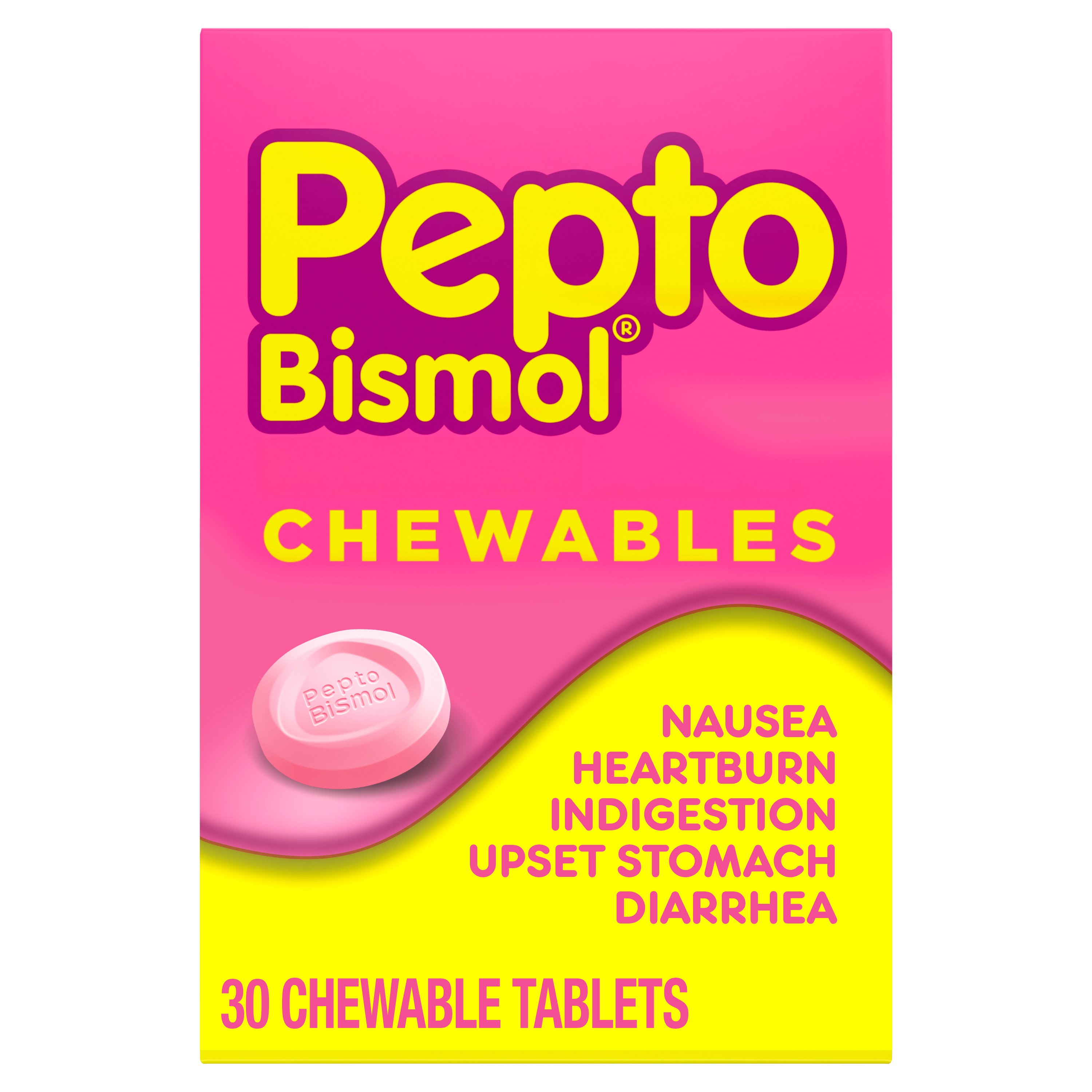The protocol for Gastroenteritis:
Gastroenteritis
Let’s break it down!

Gastroenteritis means “inflammation of the stomach and small intestine”. It creates awful symptoms for the patient like nausea, vomiting, and diarrhea. It can be caused by any number of things like bacteria and fungi, but usually, it’s a virus. Although typically harmless in the developed world, gastroenteritis resulted in 1.3 million deaths globally in 2015. It’s estimated to cost the US up to 23 billion dollars per year. So yeah, kind of a big deal…
You may have heard of someone refer to this as the “Stomach flu“, but it actually has nothing to do with the influenza virus. The norovirus is the one responsible for 90% of all viral gastroenteritis outbreaks, with rotavirus and adenovirus trailing behind. Localized epidemics generally occur in environments where people are in tight-spaces and share the same food. Naturally, soldiers are almost always at risk.
Another term you may have heard is “Food Poisoning“. This also describes gastroenteritis, but it’s gastroenteritis that’s caused by bacterial pathogens in certain foods like Salmonella and E. Coli.
Localized epidemics for gastroenteritis generally occur in environments where people are in tight spaces and share the same food. Naturally, soldiers are almost always at risk. The video below shows a classic example of a gastroenteritis outbreak caused by norovirus:

When the gastrointestinal tract becomes exposed to an infection, the pathogens attack the epithelial lining of the gut and the body desperately wants to expel the disease, typically via nausea/vomiting or diarrhea. Abdominal cramping is also normal due to irritation of the GI tract. Fever is not typical of most cases of viral gastroenteritis, but mild ones can occur. With high fevers above 101 degrees, you should be suspicious of bacterial causes.
For a more in-depth physiological review, check out the video below:

1. Loperamide (Imodium)
Diarrhea is the most common and dangerous complication of gastroenteritis, so treating this will be the priority. Loperamide is an antidiarrheal agent that works by inhibiting the peristaltic activity of the gut via direct action on the circular and longitudinal intestinal muscles. In other words, it slows down the digestive process, allowing more water to be absorbed and more solid stools to be excreted.
Technically speaking, it’s an opioid receptor agonist… which means it’s chemically related to morphine and other opiates. That’s why whenever patients are prescribed opiates long-term, they’ll complain of being frequently constipated.
For patients with more severe cases of gastroenteritis causing fever or bloody stools, Loperamide is generally avoided due to a theoretical risk for prolonging the illness.

2. Treat per Nausea/Vomiting protocol
Nausea and vomiting are both frequent symptoms of gastroenteritis that should be treated if the patient is unable to hold down food/water. Bismuth Subsalicylate (Pepto-Bismol) is a good mild treatment that can also assist with diarrhea, but the most preferred agent for gastroenteritis is Ondansetron (Zofran). Studies show that a single dose of Ondansetron has been associated with less need for intravenous fluids, fewer hospitalizations, and decreased vomiting.


3. Treat per Dehydration protocol
Persistent diarrhea and vomiting often lead to dehydration, which is ultimately what kills most people in developing countries. It should be treated aggressively; first with oral rehydration therapy w/ electrolytes and second with IV fluids.


Since most cases of gastroenteritis are either viral or caused by mild bacterial agents, antibiotics are rarely prescribed. Most patients will be able to manage with mild diarrhea that doesn’t inhibit their daily activities. But if the patient is still experiencing moderate diarrhea despite treatment with loperamide, then antibiotics are indicated. The protocol gives you two options: Azithromycin and Moxifloxacin. Both can kill the most common causative agents like Salmonella and Campylobacter, but due to the emergence of fluoroquinolone resistance among enteropathogenic E. coli and Campylobacter, a macrolide agent like Azithromycin is preferred



If after 3 days of antibiotic therapy the patient is still having diarrhea, we’ll have to treat for the possibility of more sinister parasites like E. histolytica or protozoans like Giardia. Patients with these organisms are more likely to have dysentery, which is a type of gastroenteritis that results in diarrhea with blood. Metronidazole (Flagyl) is a common antimicrobial agent that can help clear these bugs out.


Most cases of gastroenteritis are typically mild and only last one week, no more than two. Evacuation is largely dependent on the frequency of diarrhea and the potential for severe dehydration. Major infections that cause bloody stools will require Urgent evacuation due to the stubbornness of the infections and the potential for other more dangerous abdominal pathologies.
Good luck out there!
References
- UpToDate: Acute viral gastroenteritis in adults
- UpToDate: Approach to the adult with acute diarrhea in resource-limited countries
- EMRAP Corependium: Diarrhea
- NCBI: Bacterial Gastroenteritis
- Advanced Tactical Paramedic Protocols Handbook. 10th ed., Breakaway Media LLC, 2016.
- GBD 2015 Disease and Injury Incidence and Prevalence, Collaborators. (8 October 2016). “Global, regional, and national incidence, prevalence, and years lived with disability for 310 diseases and injuries, 1990–2015: a systematic analysis for the Global Burden of Disease Study 2015”. Lancet. 388 (10053): 1545–1602. doi:10.1016/S0140-6736(16)31678-6. PMC 5055577. PMID 27733282.
- Why every medic should love Deployed Medicine - November 8, 2020
- 3 Areas Where Medics Fall Short - November 7, 2020
